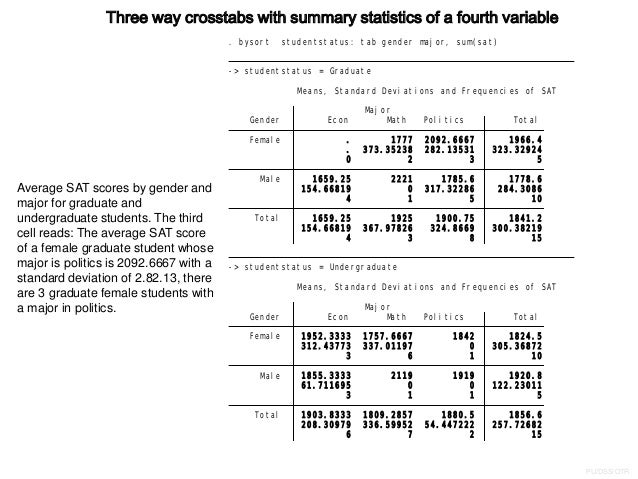

*Scroll left and right if the table exceeds the screen on mobile devices.
#Xline stata date format full#
For instance, there are three additional codes to display the hour: Hh (00-12), hH (0-23), or hh (0-12).Ĭheck the Stata help pages for the full list and the default display formats. There are multiple ways to display a year, month, week, day, hour, minute, second etc. % starts the formatting, which can be a number, date, string, business calendar etc. format timevar %tcHH:MM:SS further sets timevar to be displayed as hour (00-23) : minute (00-59) :second (00-60).įormat var %fmt changes the display format but not the contents of the variable. Here timevar is already a numeric date and time variable. format timevar %td sets timevar as a date variable.

In fact, Stata understands a date and time variable as the difference from the base.The base (the numeric value 0) of a datetime variable begins at 01jan1960 00:00:00.000 (the first millisecond of 01jan1960) therefore “25jan2016 08:30:25” will be 1769329825000 (milliseconds) for Stata.ĭisplay format allows us to specify the output of the date/time variable. But Stata internally stores dates and times as integers and reads them as numeric values. Usually we do not need to worry about the storage types, and Stata will take care of that and find the most efficient ways to store data.ĭates and times usually come in the human readable string forms, such as “Ma16:15 pm”, “2017.03.22 16:15” etc. Storage types affect mainly how much memory will be needed.

Strings are stored as str#, where # indicates the maximum length of the string. Numeric values are stored as five types differing in range and accuracy: byte, int, long, float or double. Line M S ddate, xla(`ymid', tlength(*3) tlc(none)) xtic(`yend', tlength(*5)) xmla(`qmids', tlc(none) labsize(small) tlength(*.Dates and Times Data types and storage types With your data, showing years is sensible but showing months too is likely to produce crowded detail that is hard to read and not much use. None are shown here, but the syntax is just an extension of that given.Īxis titles If the time (usually x) axis is adequately explained, that axis title is redundant and even dopey if it is some arbitrary variable name. Grid lines Lines demarcating years could be worth adding. Ticks Put ticks as the ends (equivalently beginnings) of time intervals. You can suppress a tick by setting its length to zero or its colour to invisible. Labels Put informative labels in the middle of time intervals. The main ideas are blindingly obvious once spelled out: It's a little bit of work but no more than use of standard and documented label and tick options. The good news is that you need just to build on what you have and put labels and ticks on your x axis. See much detailed discussion at references turned up by search week, sj. You are lucky that you have no 53 week years in your data otherwise you would get some bizarre results. These are documented rules, and they do not match your data. Later weeks start 7 days later in turn, except that week 52 is always 8 or 9 days long. You should only use Stata's weekly date functions if your weeks satisfy Stata's rules: The fact that you have weekly data is only a distraction here.


 0 kommentar(er)
0 kommentar(er)
